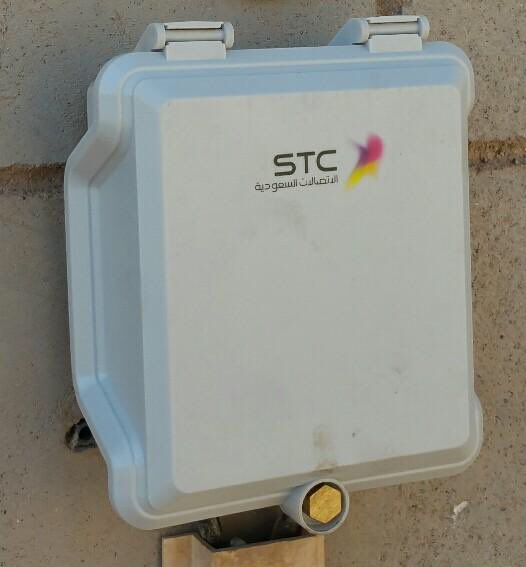 optical fiber is a thin cylindrical fiber that is made of glass or plasticthat is as tiny as one tenth of a human hair. A typical optical fiber for telecom is composed of three layers that are counted in the inside the fiber core (diameter 810um), the cladding (diameter of 125um) along with buffer coating (diameter 90um).
optical fiber is a thin cylindrical fiber that is made of glass or plasticthat is as tiny as one tenth of a human hair. A typical optical fiber for telecom is composed of three layers that are counted in the inside the fiber core (diameter 810um), the cladding (diameter of 125um) along with buffer coating (diameter 90um).
Fiber core and cladding is made of glass or 24telcom.com/site-7608.html silica. The fiber core and the layers of cladding combine to contain the light within the core, without leakage. The fiber buffer coating is constructed from acrylic or plastic and offers handling flexibility as well as physical protection for the fiber.
Fiber optics employ an optical phenomenon known as total internal reflection. When light is introduced into the fiber from its the end, it becomes confined inside the core without spilling out and losing its energy.
Then light is digitally modulated to indicate 1 and 0 just like a computer, and information can be transferred from one site to another one, which could be from San Francisco all the way to New York.
What are fiber optic connectors and how do they work?
Now you understand how optical fibers work. So what exactly is an optical connector and what’s the purpose of the fiber optic telecommunications network?
In simple terms The fiber optic connector’s purpose is similar to an electric power source, it is used to connect light in one section that is optical to a different section of optical fiber.
Since optical fibers are so small that fiber optic connectors need to be constructed with high precision, and at a scale of 0.1um, which equals one hundredth the human hair.
Fiber optic connectors align two fibers from one end to the other in a way that light can be transferred from one fiber to another without bouncing off the interface , and thus losing its signal.
Additionally, fiber optic connectors provide cross connect flexibility to the telecommunication network. Thus, a complex computer network could be made modular and manageable.
Like other connectors used in electronic industry, electric industry, or computer industry, many different kinds of fiber optic connectors were invented during the evolution of the fiber optic communication industry. Some of them once were highly popular in the market but they have since served their purpose and are disappearing.
The most popular fiber optic connectors in use today are SC, ST, LC, FC, MTRJ, SMA and a few of others that are less well-known. There are certain to be new connectors being developed as a result of the advancement of technology.